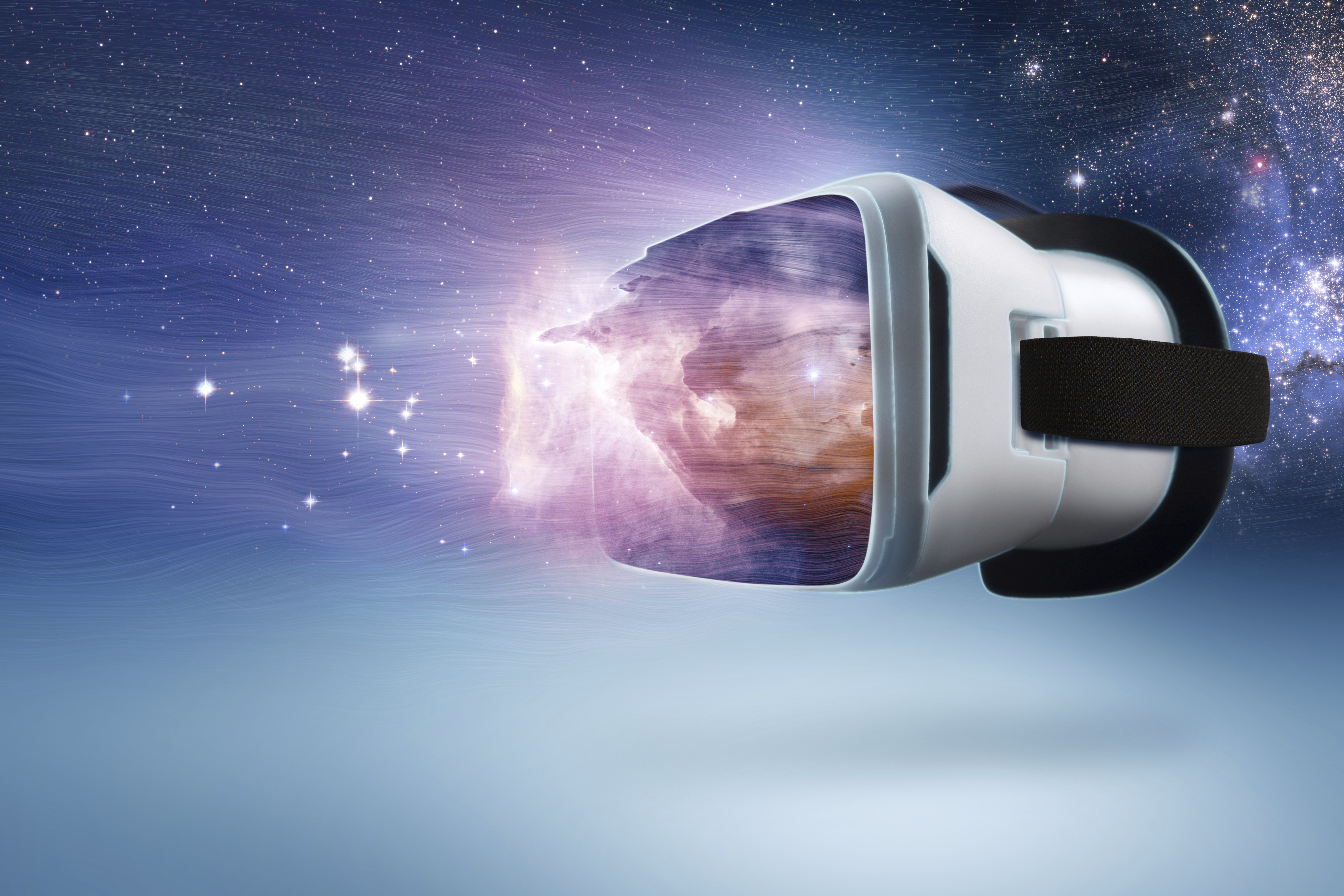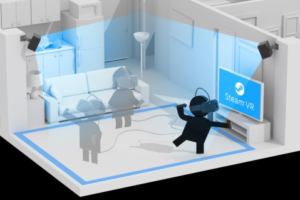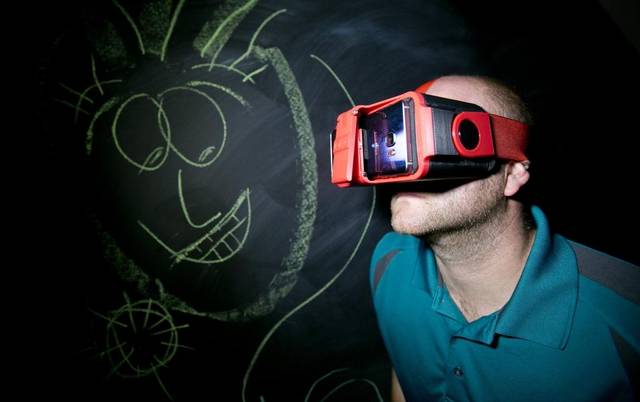
Interview with Duane Mathes, VP of Game Development at Black Box VR.
Duane, you just moved to Boise this month from working at Intel. What are you focusing on now?
First, let me say that I absolutely love working in VR. I believe it is going to change the world, and I am grateful to be a part of it.
I started off in VR like most of us did--exploring. It's such a new field, there are few if any who could be called experts. I experimented with the hardware I had available, an early pre-order HTC Vive, and I made a virtual tabletop gaming experience. I learned about a lot of things in those days, some about hardware and software, but most about the nature of perception and what makes an experience cohesive and believable.

HTC Vive Lighthouse Technology - IVRC
Today I am working on a method to volumetrically track a user's movement through a virtual space and provide feedback with a "show, don't tell" mentality. It will be part of a fully immersive fitness experience created by Black Box VR that will replace traditional analogs of going to the gym and performing repetitive exercises. Imagine being completely immersed in a multi-sensory game experience, joining up with your clan, challenging yourself physically and leading your team to victory. When you come out the other side, you might realize your biceps have grown, or your backside has firmed up, or you just feel healthier all around. We live in an exciting world folks!
What innovations (in VR) are you looking forward to most?
Realizing that with current technology the two may seem mutually exclusive, I am really looking forward to higher resolution combined with a wireless experience. When I can write code in VR, I'll be set. You might never see me again.
Who is someone in VR that you think everyone needs to follow?

Alan Yates, HTC Vive, Valve, Lighthouse Technology
For me, that's Alan Yates, hardware engineer at Valve and inventor of the HTC
Vive Lighthouse technology. He has been on the forefront of the VR space, and keeping very open with the community about hardware developments. He is also one of the people most responsible for the move to open-source the Lighthouse technology. This will make high resolution indoor positioning technology available to everyone, both in and out of VR.
Just to give you a slightly off-topic idea of what this means for non-VR applications let me share an example. I have a good friend who has been working on an automated, precisely tracked wheelchair for the severely disabled. The user could activate a control on the wheelchair--which could be anything from a physical button to a tracked eye movement--and the chair could transport them safely to any room in the house. This would be a huge quality of life improvement for them and their caregivers. Other than the Lighthouses, current indoor positioning technology doesn't support anything of this scale, so it's a big breakthrough.
What is the one challenge VR faces today?
If we are talking about something more than strapping a phone to your face, I think most importantly it's the price point. Of course this is a confluence of factors--processing power, both GPU and CPU, the hardware cost of the HMD and controllers, its relative "newness" in the market. These will come down somewhat, but until people are toting around computers that are considered high-end today, there will still be a fairly high barrier of entry.
What is your favorite VR technology?
For now, I'm a Vive fanboy. Roomscale is absolutely huge, and the ability to track a person's movement in virtual space is the cornerstone of some amazing experiences that we are just beginning to conceive of.

Duane Mathes, VP at Black Box VR. Loves Sailing, VR and Boise, Idaho.
Save the Date:

Join our Newsletter for the latest in VR, AR and Mixed Reality in Idaho!



Recent Comments